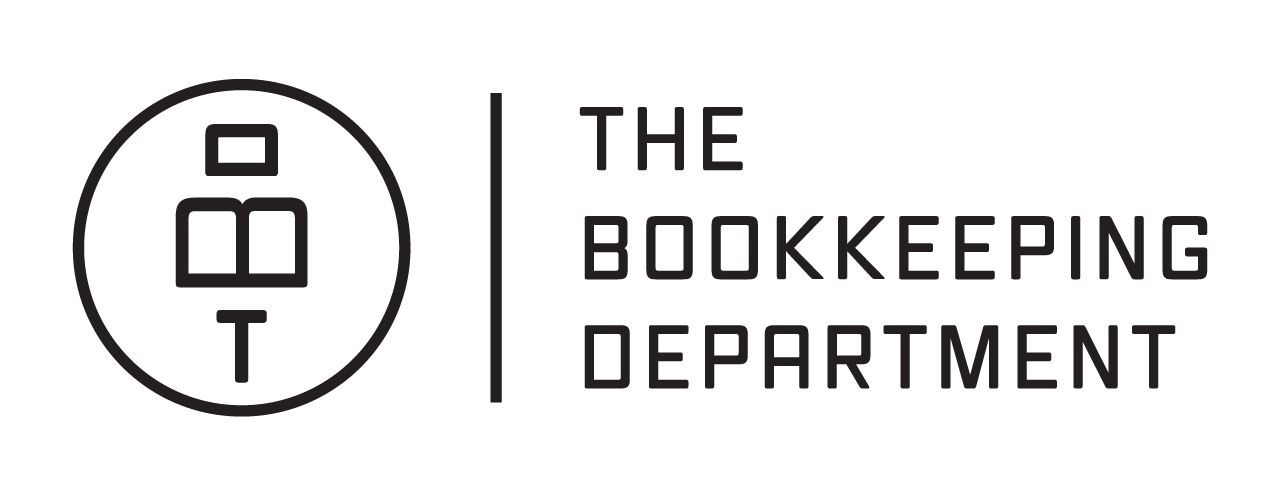Why is this being done?
Initially, real-time reporting of payroll events will allow the ATO to identify employees claiming multiple tax-free thresholds as well as non-payment of Super Guarantee by employers. Long-term, the ATO may be able to review the accuracy and timeliness of a company’s payroll processes in regards to tax and super.
What are the benefits?
No Payment Summaries: STP eliminates the need to generate and distribute payment summaries at the end of the year. These will be available to employees through their myGov account or from the ATO directly.
Pre-filled IAS/BAS: ATO will be able to pre-fill the BAS (W1 and W2)
Streamlined onboarding: Employers should be able to collect TFN declarations and super choice information online via myGov when onboarding new employees.
So how much work is involved for me?
The good news is – not much.
The bulk of the work is being undertaken by the payroll software companies. The obligation is on them to be compliant in time for 1 July 2018. When you log a ‘payroll event’ in your software, you will automatically send the required information (employees’ salaries and wages, allowances, deductions and other payments, pay as you go (PAYG) withholding and superannuation information) to the ATO.
There is a bit of setup work to ensure that the information is correct and is able to be sent, but this should be a one off setup. You will (or we will) need to ensure your payroll software can interact using the business Auskey so that it can talk directly to the ATO. Also, you will need to review how payroll is set up to ensure your system captures and sends the correct info for each employee.
You also need to enable 2 factor authentication – as this is a requirement for access to the ATO systems.
What are the relevant dates and timelines?
1 April 2018: all employers need to count the employees on your payroll as at that date. If you have 20 employees or more on that date (see below for who is included and excluded in your headcount), then you will deemed a “substantial employer”. You will not need to report your status to the ATO, you will just need to begin reporting through STP from 1 July.
1 July 2018: STP is mandatory for substantial employers.
1 July 2019: STP is mandatory for all employers.
Once you become a substantial employer you will need to continue reporting through STP even if your employee numbers drop to 19 employees.
There is nothing preventing you from adopting STP from 1 July 2018 even if you are not a substantial employer.
How to count your employees
Include in headcount
- full-time employees
- part-time employees
- casual employees who are on your payroll on 1 April and worked any time during March
- employees based overseas
- any employee absent or on leave (paid or unpaid)
- seasonal employees (staff who are engaged short term to meet a regular peak workload, for example, harvest workers).
Don’t include in headcount
- any employees who ceased work before 1 April
- casual employees who did not work in March
- independent contractors
- staff provided by a third-party labour hire organisation
- company directors
- office holders
- religious practitioners.
Should I adopt early?
As mentioned above, there is nothing preventing any business from adopting STP from 1 July 2018 (even if you are not a substantial employer), and the benefits of the system would suggest that adoption of STP will create efficiencies. However, from what I have read and after speaking with Xero, there is still quite a bit of uncertainty between the software vendors and the ATO. While Xero have said they will be ready come 1 July, they still do not know the exact details of the interface and integration.
If you are not using Xero, you also need to consider if your payroll software provider will be ready on 1 July. Xero, MYOB (only supported products), QBO and Keypay have all said they will be ready. However, some payroll providers will not. They are applying for additional time to commence STP reporting for some or all of their products. If granted, the deferral will apply to existing customers of these specific software version. These customers will need to start reporting through STP on or before the deferred date.
Given all that, I would get everything ready and begin reporting through STP as soon as you can (even prior to 1 July 2018 for substantial employers). It seems like this is one level of compliance that may end up saving time and money in the long term.


Recent Comments